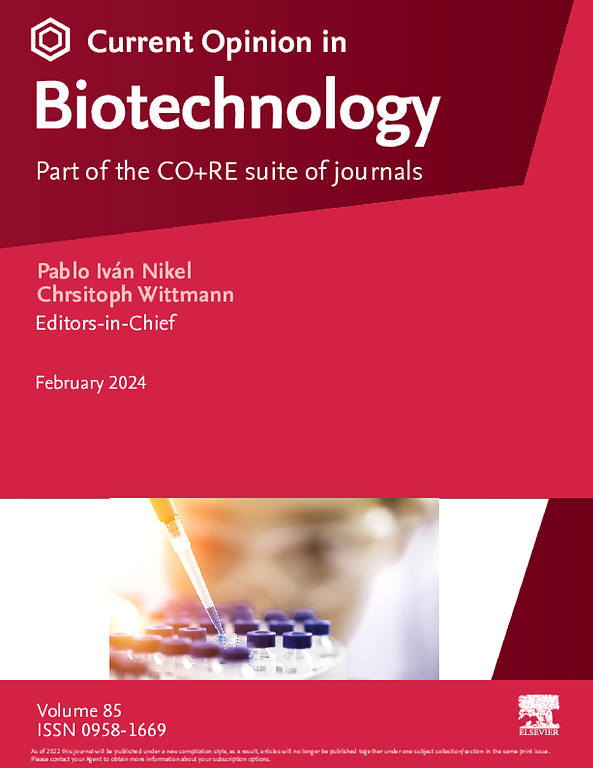The role of inositol in the environmental organic phosphate cycle
IF 7.1
2区 工程技术
Q1 BIOCHEMICAL RESEARCH METHODS
引用次数: 0
Abstract
Cellular synthesis of phytic acid sequesters phosphates in the sugar inositol. Phytic acid in soil represents the most abundant form of organic phosphates. The supplementation of phytase or phytase-producing organisms has been considered as a strategy to improve usable soil phosphates. However, the impacts on the environmental flow of inositol, which is generated along with phosphate by phytase, have not been examined. In this review, we discuss the origin and nature of inositol produced in soil and the several possible destinations of inositol released by phytase activities. We emphasise how an improved understanding of soil inositol flow could help to provide new solutions to the phosphate shortage problem in agriculture.
肌醇在环境有机磷循环中的作用
植酸的细胞合成将磷酸盐封存在糖肌醇中。土壤中的植酸是最丰富的有机磷酸盐形式。补充植酸酶或产生植酸酶的生物被认为是改善土壤可用磷酸盐的一种策略。然而,尚未研究植酸酶与磷酸盐一起生成的肌醇对环境流动的影响。在这篇综述中,我们讨论了土壤中产生的肌醇的来源和性质,以及植酸酶活动释放的肌醇的几种可能去向。我们强调,加深对土壤肌醇流动的了解有助于为农业中磷酸盐短缺问题提供新的解决方案。
本文章由计算机程序翻译,如有差异,请以英文原文为准。
求助全文
约1分钟内获得全文
求助全文
来源期刊

Current opinion in biotechnology
工程技术-生化研究方法
CiteScore
16.20
自引率
2.60%
发文量
226
审稿时长
4-8 weeks
期刊介绍:
Current Opinion in Biotechnology (COBIOT) is renowned for publishing authoritative, comprehensive, and systematic reviews. By offering clear and readable syntheses of current advances in biotechnology, COBIOT assists specialists in staying updated on the latest developments in the field. Expert authors annotate the most noteworthy papers from the vast array of information available today, providing readers with valuable insights and saving them time.
As part of the Current Opinion and Research (CO+RE) suite of journals, COBIOT is accompanied by the open-access primary research journal, Current Research in Biotechnology (CRBIOT). Leveraging the editorial excellence, high impact, and global reach of the Current Opinion legacy, CO+RE journals ensure they are widely read resources integral to scientists' workflows.
COBIOT is organized into themed sections, each reviewed once a year. These themes cover various areas of biotechnology, including analytical biotechnology, plant biotechnology, food biotechnology, energy biotechnology, environmental biotechnology, systems biology, nanobiotechnology, tissue, cell, and pathway engineering, chemical biotechnology, and pharmaceutical biotechnology.
 求助内容:
求助内容: 应助结果提醒方式:
应助结果提醒方式:


